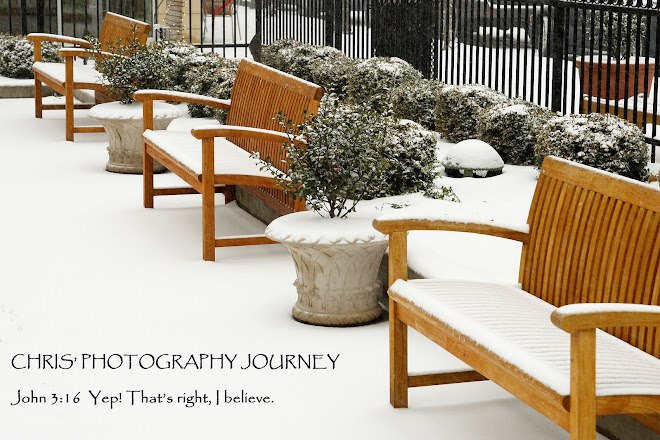The air show was in town this weekend, so I grabbed the camera and headed out to take some photographs. For two reasons I did not go to the airport to watch the show. The first reason is that you have to shuttle in and once you get there, you are stuck until the show is over. They don't have any buses leaving until the show is over. The second reason is...I am cheap! I originally stopped at an area of town that is on a hill but it was too far away to get any good photographs. 
There is another area of town called Quality Hill that looks down on the airport. I was on my way there, but on the way I passed an area of town that seemed to provide an equally good view. I was maybe a quarter mile from the airport which is pretty good considering I did not buy a ticket.
I chose the 70-300 lens as it is the longest one I have. I know from past experience this lens gets very soft past 250 so I tried to stay around 200mm. Now, a quarter mile does not sound that far, especially when you consider how much ground an air show covers. But, most of the action is designed to happen directly over the air field and even with a 300mm lens, a quarter mile is a long ways away. All of my shots had a LOT of sky in them. I cropped pretty heavy to get these shots and some of them show it. This was my first opportunity to film an air show, however, so I was happy just to be there. I did get a few opportunities when planes flew very close to us, like this shot of the Golden Knights jump plane.
I spent about 3 hours shooting photographs and went through two 1GB cards. These are my favorites out of the bunch, but there are a few others that I also liked and I put all of these up on my Flickr account.
I am eager to get a better telephoto lens. The poor quality of this lens is evident in the softness of some of these photographs. I also have to take into account the distance, however. I am not sure how hard you can push even an "L" series lens from that distance. In reality, I may just need to shell out the cash for a real ticket next year.

